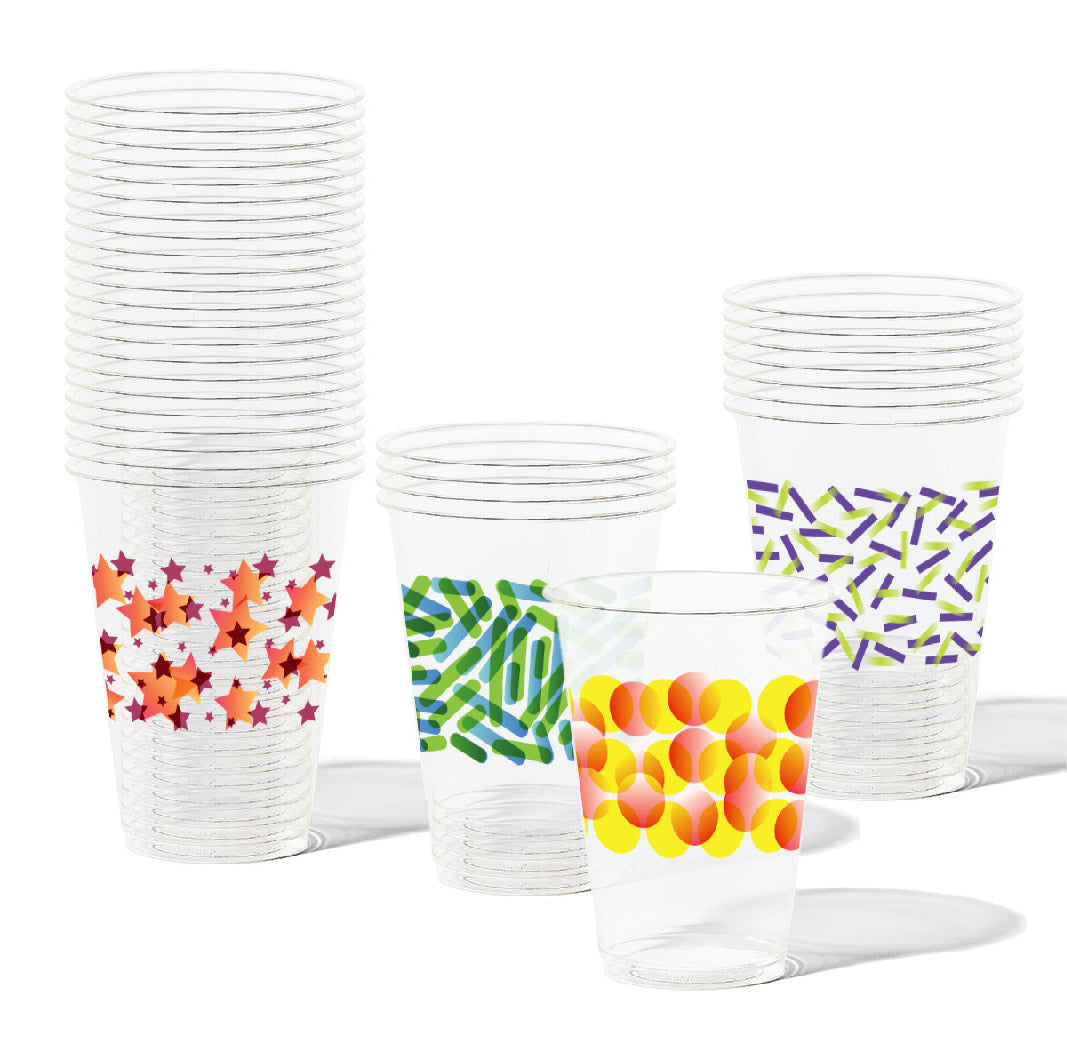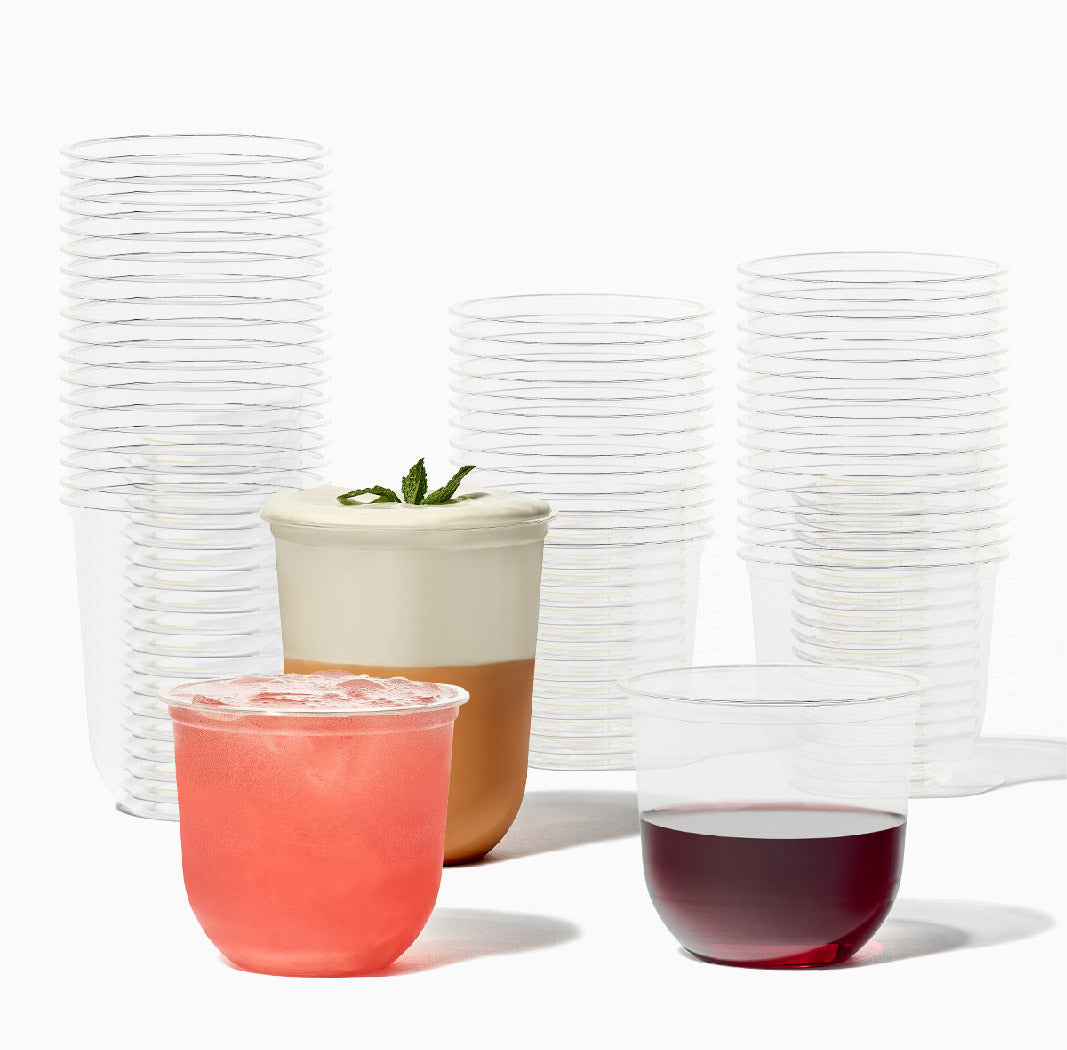
Ever wonder why some people take the extra step to decant wine? Or are you already sold on the idea, but don’t really know how to do it or for how long?
There are two big reasons you might want to learn more about using one.
1. Sediment Be Gone
Some wines (especially vintage reds) can produce sediment over time. This will look like gritty or sometimes flaky residue that collects at the bottom of the bottle. Sediment can give wine a bitter taste and an unpleasant, gritty texture. If you store your wine bottles on their side, you should try and keep them upright for a day before serving. This will make it easier to separate the sediment from the wine when you pour it into the decanter.
Once you uncork the wine, wipe the bottle neck clean. Slowly and continuously pour the wine into the decanter, being careful to pour even more slowly once you get near the bottom of the bottle. Holding a light to the neck of the bottle lets you see the sediment, and you can adjust your pour accordingly. You might end up not pouring the last ounce or so, but we promise you’re better off without it.

2. Let It Breathe
If you’ve ever wondered why some wine lovers swirl their glasses, it’s because they are aerating their wine or “opening up” the wine. Decanting wine exposes it to oxygen, which can take the edge off and bring out its best qualities. If you taste a newly opened wine and find it to be overly acidic or lacking in depth, it is probably a good idea to decant it. Sometimes cheaper wines can be vastly improved by using a good decanter.
Sometimes letting it breathe is not the way to go when dealing with older wines. For them, too much oxygen (especially from the wide bottom of a decanter) can dull the wine.
For bold reds such as Shiraz, Syrah, or Cabernet Sauvignon, decanting it for up to two hours is encouraged. This goes especially for grocery store table wines, where decanting on the longer side can really mellow the harshness and tannins in cheaper wines.
Lighter reds like a Pinot Noir might only need a few minutes to half an hour. Periodically taste the wine to make sure you aren’t losing flavor.
Surprisingly, some white wines can really benefit from some decanting, especially bigger whites like a Chardonnay with a lot of oak or an assertive white Burgundy. These shouldn’t be out for more than an hour. Another side benefit is that we often drink white wines too cold. Letting it stand at room temperature outside of the chilled bottle can help to bring it to a temperature where we can more fully enjoy its quality.

Get your hands on our affordable yet elegant 28oz Decanter and give this guide a try. Chances are, your wine experience will be better with one, and they dress up a table like no other.
























